The Food Standards Agency (FSA) has re-issued guidance on food glitter and ‘dust’ following the successful prosecution of EdAble Art.
The company was prosecuted by West Yorkshire Trading Standards on 10 March for breaching food safety legislation by selling cake glitter that was not for consumption and for supplying a non-approved food additive. Leeds Magistrates’ Court in West Yorkshire heard that businesswoman Margaret Martin sold cupcakes decorated with shredded plastic and glitter meant for use on greeting cards to suppliers and shops, and has been ordered to pay more than £13,000 in fines and court costs, as reported in the Daily Mail.
EdAble Art was also prosecuted by Durham Trading Standards last month for similar offences.
The FSA reminds food businesses that:
- Permitted additives should be clearly labelled and composed of permitted European Union (EU) additives or colours. They should be labelled with both the name and E-number of the additive and the statement ‘for food’ or ‘restricted use in food’.
- Labels describing glitter and dusts as ‘non-toxic’ does not necessarily mean the products are safe to consume.
- Labels claiming the product is ‘FDA approved’ does not necessarily mean they comply with EU legislation.
- Glitters composed of materials that have been safety-approved for contact with food can be applied to removable non-food items, such as artificial flowers, as long as they meet the requirements of food contact materials legislation. They should be labelled ‘for food contact’, or words to that effect.
- Cake bakers should contact their supplier if they are unsure whether a product is suitable for use.
In February 2012 British Baker reported widespread confusion in the baking industry over which materials were safe to use, dubbed ‘glittergate’. At the time, there were a number of non-edible cake-decorating materials described as dust or glitters made from coloured plastic particles in the market.

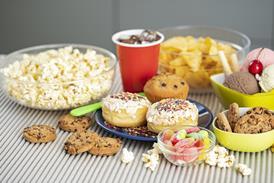
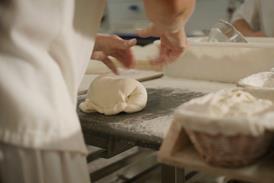

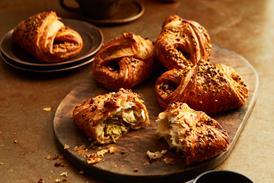
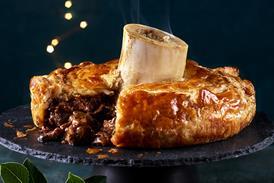
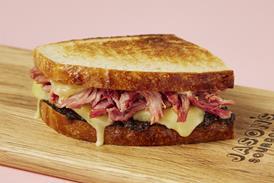
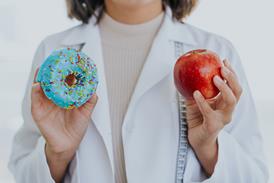
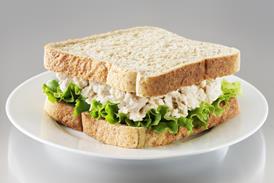
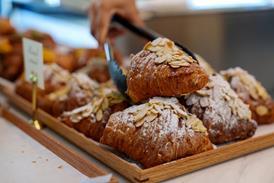


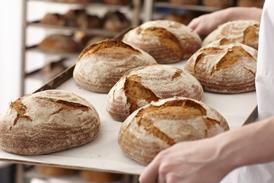


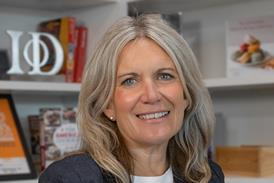

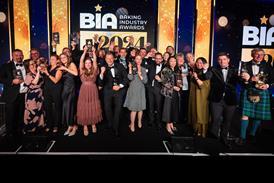
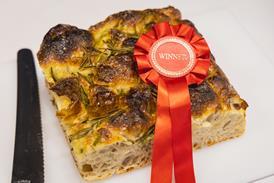
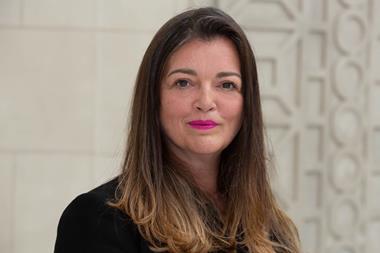
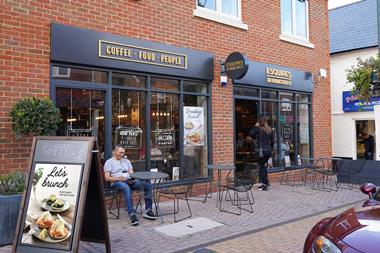

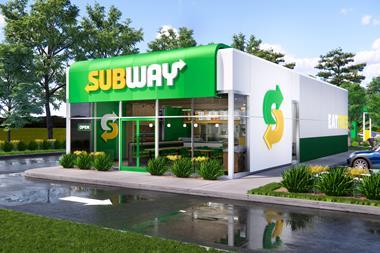
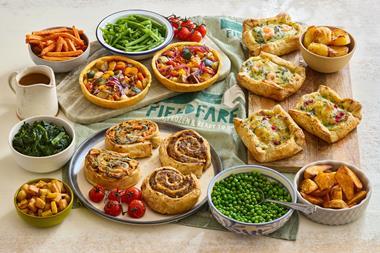
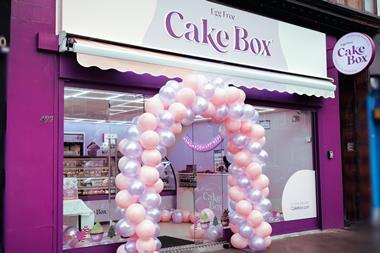
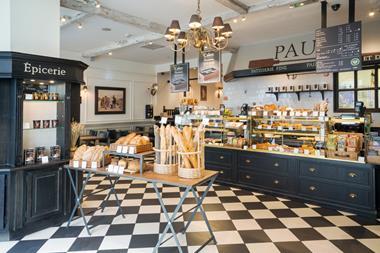
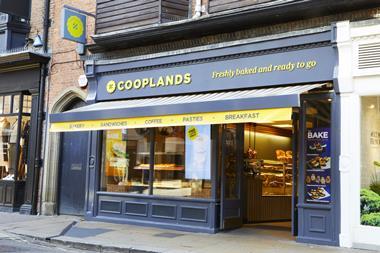
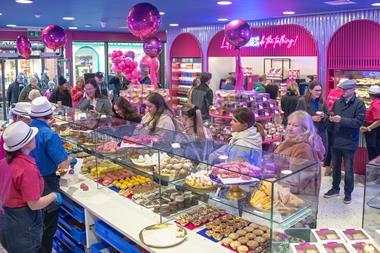
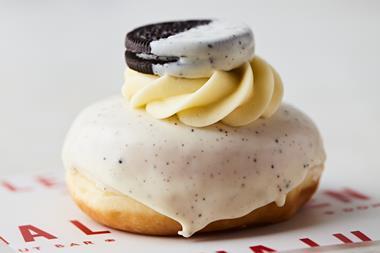
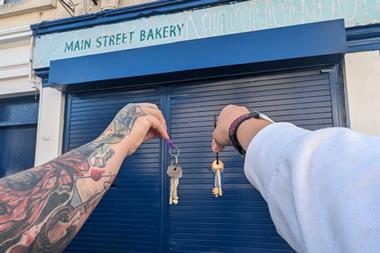
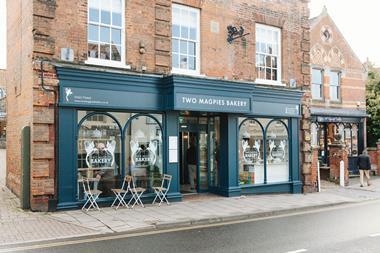

No comments yet